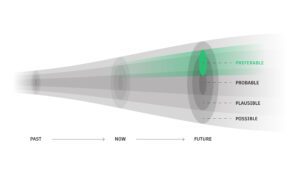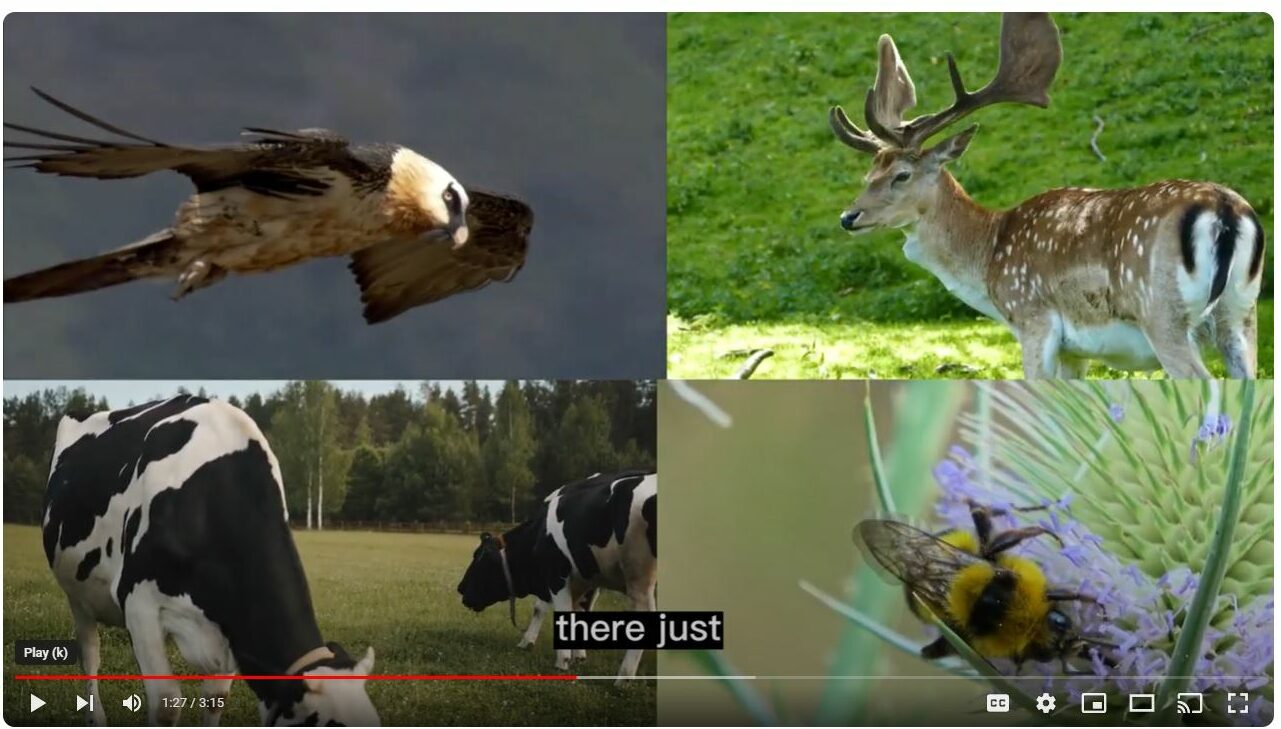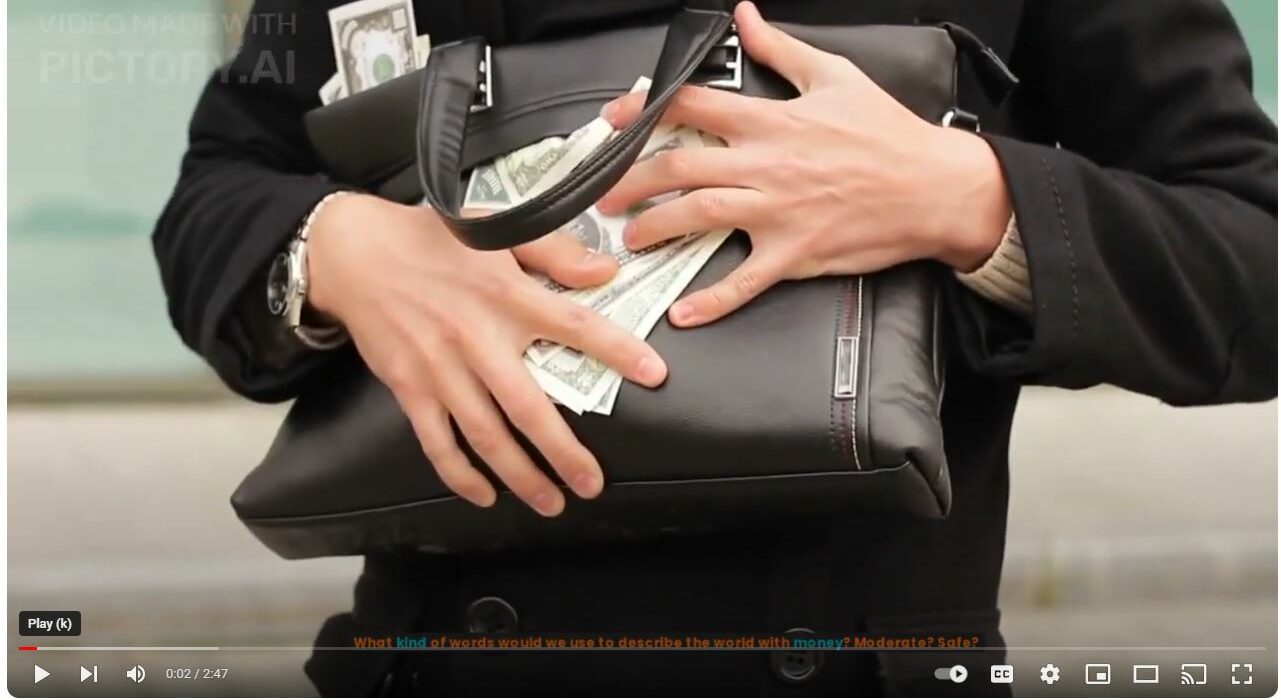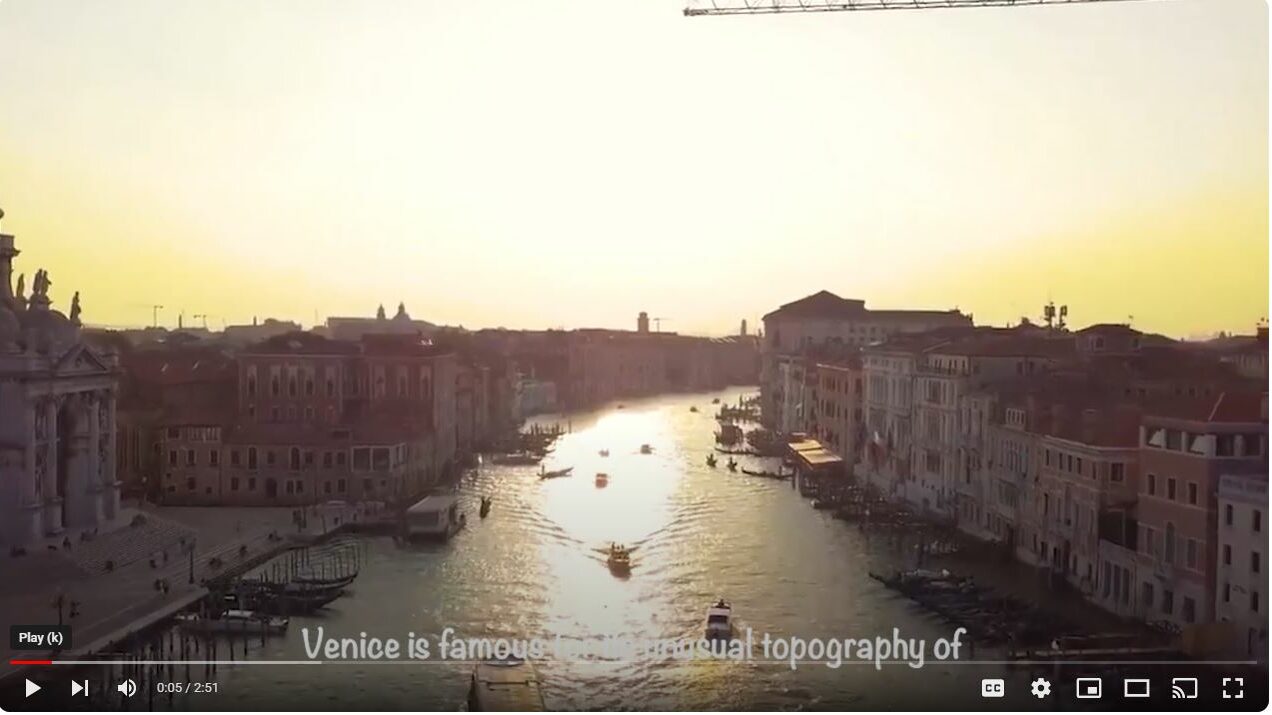Foresight in Education & Industry: Laying Down a Common Path for the Future
Foresight is the practice of strategically thinking about the future to navigate uncertainty and more proactively capitalize on change. It’s not about prediction—think of it as a process for challenging your current assumptions about the future and informing them with a new set of considerations. Understanding how new, diverse technologies may impact our changing society helps us imagine a possible future. Armed with these possibilities, we can chart a path toward our preferred future.
Autodesk Research explores future scenarios in a STEEP (Social, Technological, Economic, Environmental, and Political) framework to identify drivers of emerging themes and patterns, and how those will impact our company, our customers, and our customers’ customers.
The Autodesk Outsight Network is glittering with weak signals of change. Using this network as a jumping off point, we created a speculative fiction anthology imagining the worlds our customers might one day operate in, called the Collision Anthology. For each story, we picked two sparks from this constellation of ideas and collided them, generating something not yet imagined. We fed these collisions through a rigorous process of research and driver analysis to see where it could take us in the next two decades. And more importantly, where we want to go. This undertaking inspired us to create a variety of new templates and adapted foresight techniques which is where RIT comes in…
Alex Lobos, Graduate Program Director at with Rochester Institute of Technology (RIT) was a visiting fellow at Autodesk Research a few years ago, where he got to know the work of many researchers including the work being done to unearth insights from the outsight network using foresight. To replicate a similar exercise with RIT students, we compressed the longer collisions process into a 1.5-hour practical . The intent here was to offer the students a simplified template to get them thinking about how to apply foresight methodology to some of the signals they had gathered, the methods developed for the collision anthology were a perfect jumping off point.
First, the students chose two signals from a bank of weak signals of change used at Autodesk. We used a futures wheel – a visualization exercise that helps us to think through what the order of implications from a given change might be – to better understand the order of implications from each signal.
Thinking back to the collisions model, we had the students choose a single tangent (or thread) from each futures wheel and collide them against one another to create the backdrop of a world. Within this context, the students built out an animating drama, uncertainty, and character that would inhabit this future and take action.
Using these parameters, three student groups envisioned the following scenarios:
Political: “Sister Countries Scenario: 100 years from now, World Stage” was created by Xinxin Li and Ariella Knight. This scenario looks at landfill mining, and how valuable metals like cobalt, iron, silver, and gold are extracted from discarded objects and trash to fabricate next-generation batteries. This also highlights the issue of developed countries having low populations due to a global mental health crisis, while developing countries are overpopulated and under-resourced. To balance their population, economy, and workforce, developed and developing countries are being paired up as sister countries. While this pairing is addressing several issues, it is also eliminating millennia of cultures that are absorbed by dominant nations.
Economic: In “A World without Money,” AI has advanced to the point where basic necessities like food, shelter, and entertainment are free and available to all. In this scenario, created by Holly Tang and Vaibhav Balasubramanina, the majority of people no longer work, and the majority of human skills have deteriorated. People now engage in leisure activities and waste resources out of boredom, leading to environmental consequences such as widespread species extinction and global warming. Loss of personal motivation has resulted in diminished critical thinking and problem-solving abilities, resulting in a drop in academic pursuits. Schools are no longer in use and have been converted into public buildings. Despite advances in artificial intelligence, a lack of purpose in life has resulted in widespread boredom.
Environmental: “Ocean Sustainability” was created by Chungmin Park and Francesca Antinarelli Freitas. Venice, a popular tourist destination with a rich cultural heritage that attracts millions of visitors each year, faces several challenges including excessive tourism, harm to the surrounding lagoon ecosystem due to waste pollution, and sinking, due to rising sea levels. After countless failed attempts of having individuals, businesses, and governments decrease plastic use and preserve marine ecosystems, waste management organizations have moved to use tracking chips for all disposed materials. With this system, even if careless loitering happens, the system can find and collect all waste. The collected waste is then recycled and used in construction projects such as bridges, gondolas, and building components that help to revitalize the city. https://youtu.be/FkjRwji5dwg
Conclusion
These exercises empowered the students to use creative storytelling to propose solutions for some potential future challenges, while understanding how the smallest signal can indicate a massive potential for change. Working with these students provided us access to the creativity and ingenuity of the next generation as we work together to inspire action towards a better future.
Alex Lobos is a Graduate Program Director, Industrial Design at RIT
Ellen Hlozan is a Research Collaboration Manager at Autodesk Research
Get in touch
Have we piqued your interest? Get in touch if you’d like to learn more about Autodesk Research, our projects, people, and potential collaboration opportunities
Contact us


